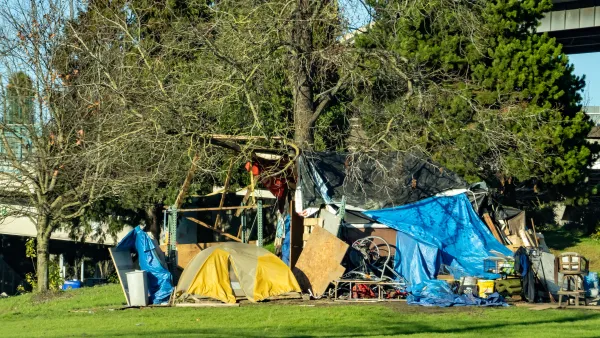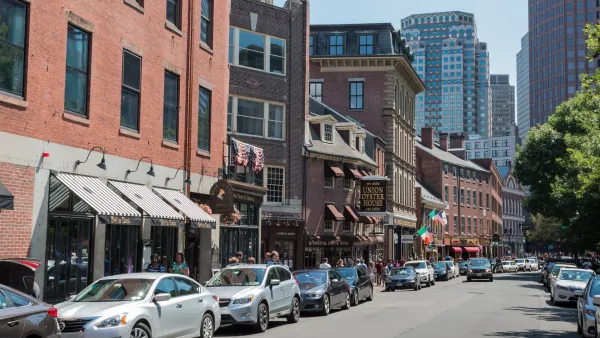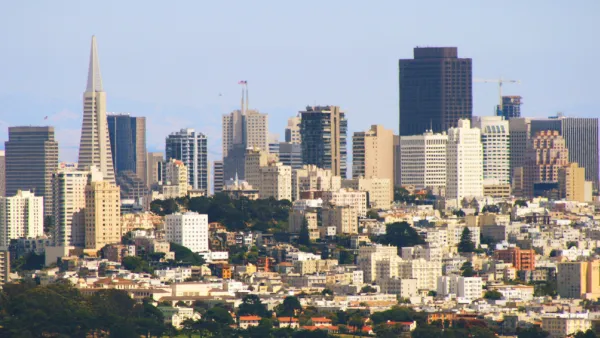A policy requiring new commercial developments to include public spaces has created more than a dozen new public places in downtown San Francisco since the 1980s. Some say more effort is needed to make these public places known by the public.
"The Intercontinental terraces show the mixed results of a decades-old city policy that requires new commercial buildings in central San Francisco to provide publicly accessible open space. More than a dozen such spaces now exist, including lush street-side plazas and rooftop aeries with spellbinding views. Yet many are hard to find unless you're in the know. Others are more Scrooge-like than welcoming."
"The effort, which began in the 1980s, has added a network of pocket-size retreats to the Financial District's towers and traffic. Now that they're in place, though, the challenge is to weave them more fully into downtown life."
"Corporate plazas have been part of the downtown landscape since 1959, when the Crown Zellerbach Building at Bush and Market streets opened with a sunken plaza that opened up views. Time magazine praised it as spectacular. Soon after, the planning code was loosened to allow developers to build larger towers if they cleared away space on the ground."
"The result was corporate plateaus that often were no more than widened sidewalks. So in 1985, officials changed such spaces from a perk to a requirement. Builders had to provide 1 square foot of public space per 50 square feet of commercial space. Additional formulas spelled out the required seating and made it obligatory to have an informational plaque at street level stating the public hours. Buildings also had to 'provide toilet spaces open to the public.'"
"As a result of the 1985 plan, 13 spaces have been created; in some cases, developers were allowed to financially contribute to renovations of other parks and plazas."
FULL STORY: Little-known open spaces enhance downtown S.F.

National Parks Layoffs Will Cause Communities to Lose Billions
Thousands of essential park workers were laid off this week, just before the busy spring break season.

Retro-silient?: America’s First “Eco-burb,” The Woodlands Turns 50
A master-planned community north of Houston offers lessons on green infrastructure and resilient design, but falls short of its founder’s lofty affordability and walkability goals.

Delivering for America Plan Will Downgrade Mail Service in at Least 49.5 Percent of Zip Codes
Republican and Democrat lawmakers criticize the plan for its disproportionate negative impact on rural communities.

Test News Post 1
This is a summary

Test News Headline 46
Test for the image on the front page.

Balancing Bombs and Butterflies: How the National Guard Protects a Rare Species
The National Guard at Fort Indiantown Gap uses GIS technology and land management strategies to balance military training with conservation efforts, ensuring the survival of the rare eastern regal fritillary butterfly.
Urban Design for Planners 1: Software Tools
This six-course series explores essential urban design concepts using open source software and equips planners with the tools they need to participate fully in the urban design process.
Planning for Universal Design
Learn the tools for implementing Universal Design in planning regulations.
EMC Planning Group, Inc.
Planetizen
Planetizen
Mpact (formerly Rail~Volution)
Great Falls Development Authority, Inc.
HUDs Office of Policy Development and Research
NYU Wagner Graduate School of Public Service





























